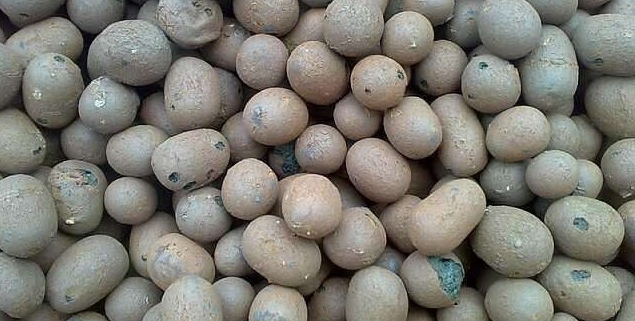As an important product of sludge resources, sludge ceramsite has the characteristics of stable chemical properties, small density, good heat resistance and rich pores. It has been widely used in construction, environmental protection, gardening and other fields. In the use of building materials, the use of lightweight ceramsite for the preparation of lightweight aggregate concrete and building materials has been extensively studied. The use of sludge ceramsite to prepare lightweight aggregate concrete has higher porosity and lower density than commercial concrete, and at the same time reduces the thermal conductivity, the concrete compressive strength can reach 11.1MPa. Using sludge ceramsite to prepare concrete, the 28d compressive strength of ceramsite light aggregate concrete can reach 49MPa, which is much higher than 17.2MPa required by ASTM C330 and ACI318 specifications. Surface resistance and ultrasonic pulse testing show that the concrete has excellent properties. How to further increase the amount of sludge, increase the strength of ceramsite, and reduce the water absorption rate will be an important research direction in the field of sludge ceramsite construction and utilization in the future.
In terms of water treatment, sludge ceramsite is widely used because of its low density, rich pores and good biocompatibility. Considering its use as a BAF filler, we have specially studied its treatment effect on pharmaceutical wastewater and soybean product industry wastewater. The rough surface of sludge ceramsite is conducive to the formation of biofilm, thereby improving the wastewater treatment effect. The sludge ceramsite was used as a filler in constructed wetlands, and the removal effect of phosphate on water was studied. The results show that the sludge ceramsite is a continuous and efficient phosphorus removal matrix material. In addition, the use of hydrothermal co-precipitation method to load layered hydroxides (LDHs) on the surface of bioceramics and use them as fillers for constructed wetlands further improves the removal of phosphate in sewage. Co-precipitation method was used to load lanthanum hydroxide onto the surface of porous ceramsite to prepare phosphorus-removing adsorption material, which further expanded the application range of sludge ceramsite.
The use of sludge to prepare light ceramsite is one of the important ways to realize the utilization of sludge resources, which can be widely used in construction, water treatment and other fields. The preparation of sludge ceramsite should be further combined with the use and performance requirements of ceramsite, and the proportion of raw materials should be reasonably adjusted. At the same time, the research on the mechanism of swell and roasting conditions should be carried out to further increase the amount of sludge. In addition, the application range of sludge ceramsite can be further expanded by modifying and loading functional components.



